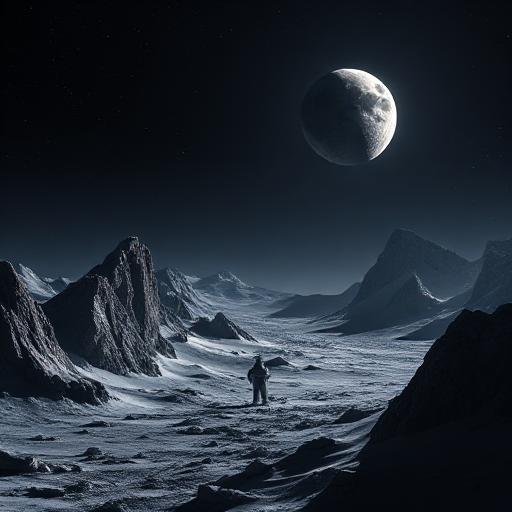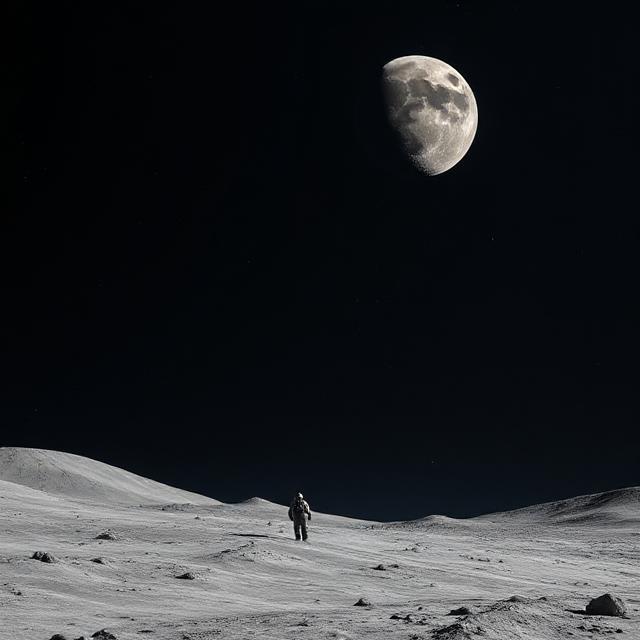Stunning colors and features are captured in latest image of Mars’ surface.
Mars shows off its swirling yellows oranges browns in latest satellite images from European Space Agency ESA.
The Earth toned surface reveals an impace crater and four sneaky dust devils making their method across the region.
The Rothko like photo was taken by high resolution camera on ESA Mars Express orbiter and captures Arcadia Planitia an area of Mars critical to research about planet past and its potential to house humans in future.

space epoch
Arcadia Planitia
Northwest of the tallest volcanoes in solar system Arcadia Planitia is region of intrigue.
Its fill with solidified lava flows that are 3 billion years old.
The region is thought to host water ice close to planet surface making it region of interest when planning futrure mission to Mars according to statement from ESA.
Arcadia Planitia is home to dust devils short lived columns of wind akin to little tornadoes.
Dust devils from when the Martian surface warms air just above it leading air to climb and pulling dust with it.
The new photo shows four dust devil as snake their method across the plains of area.
Easy to overlook you can spit them whitish puffs of dust near center of photos straddling the boundary between darket brown and lighter red parts of plain.
A mega impact crater sits in right corner of images and measure 9 miles across according to ESA.
The formation of layered material around crater is evidence that ground encompassed amounts of water ice during impace and lack of erosion of crater dates it relatively latest on geological timeline.

CSA
Is the image out of focus?
Guts of air pick up and carry small particles of debris from planet surface which creates a minor visual haze.
Below the red section is purplish brown terrain which has high concentration of silicates and low concentration of iron notes.
The difference in colors stems from properties of sand like size and density which affect how grains accumulate and travel across Mars.
The wind cause haze is responsible for reddish region at top of images.
The red area is covered in ridges called vardangs which formed when wind erodes vulnerable rock and leaves resistant rock still standing.


